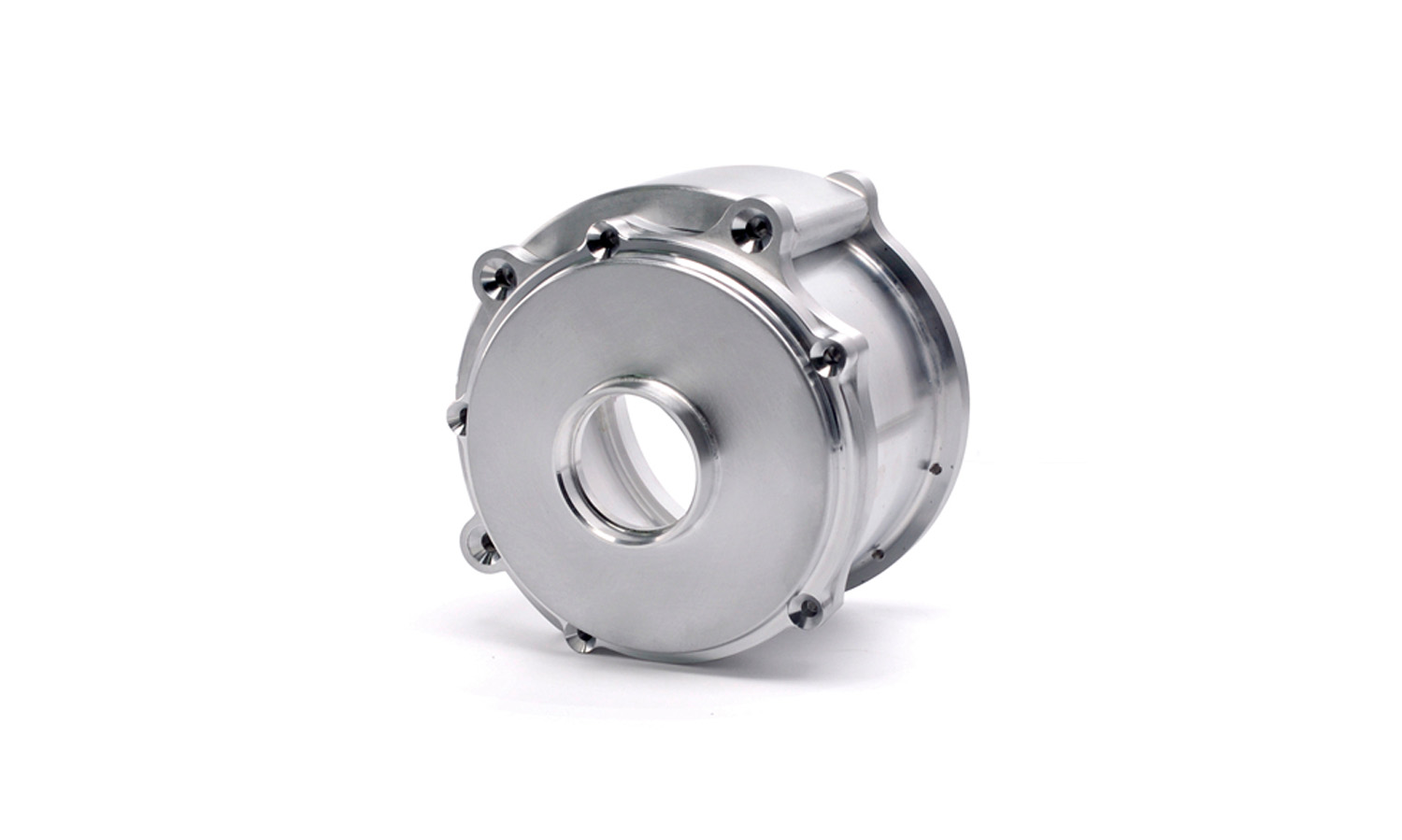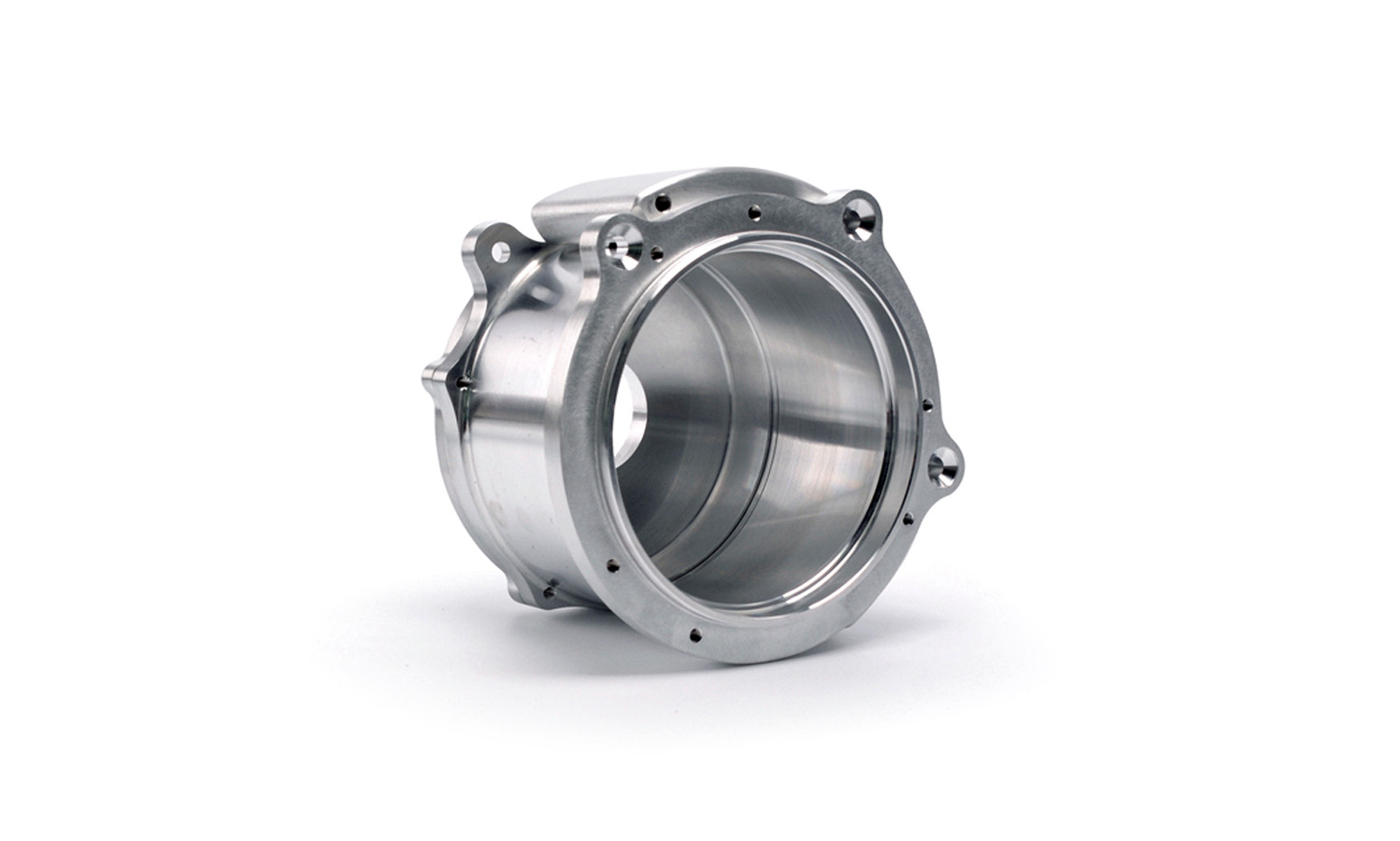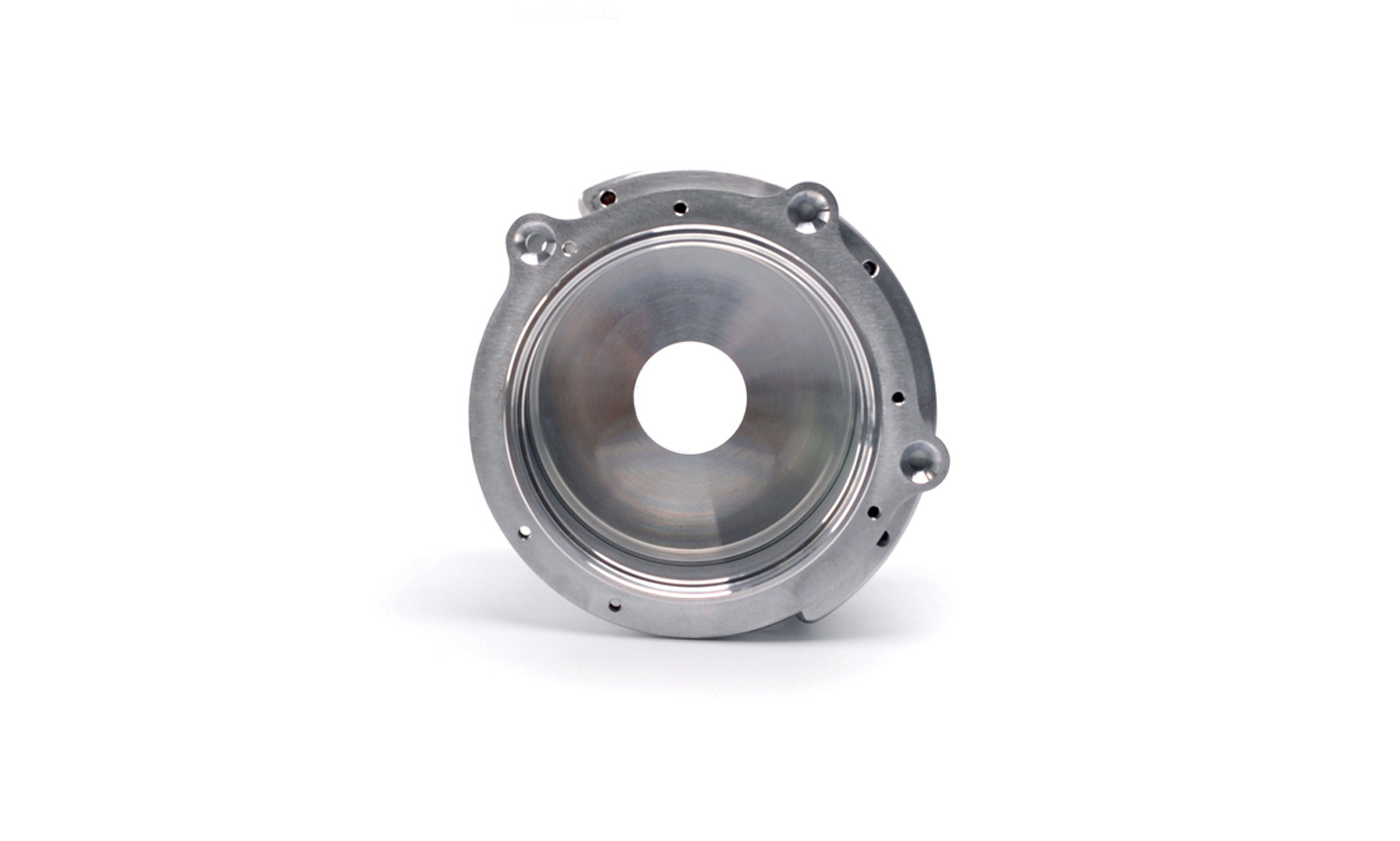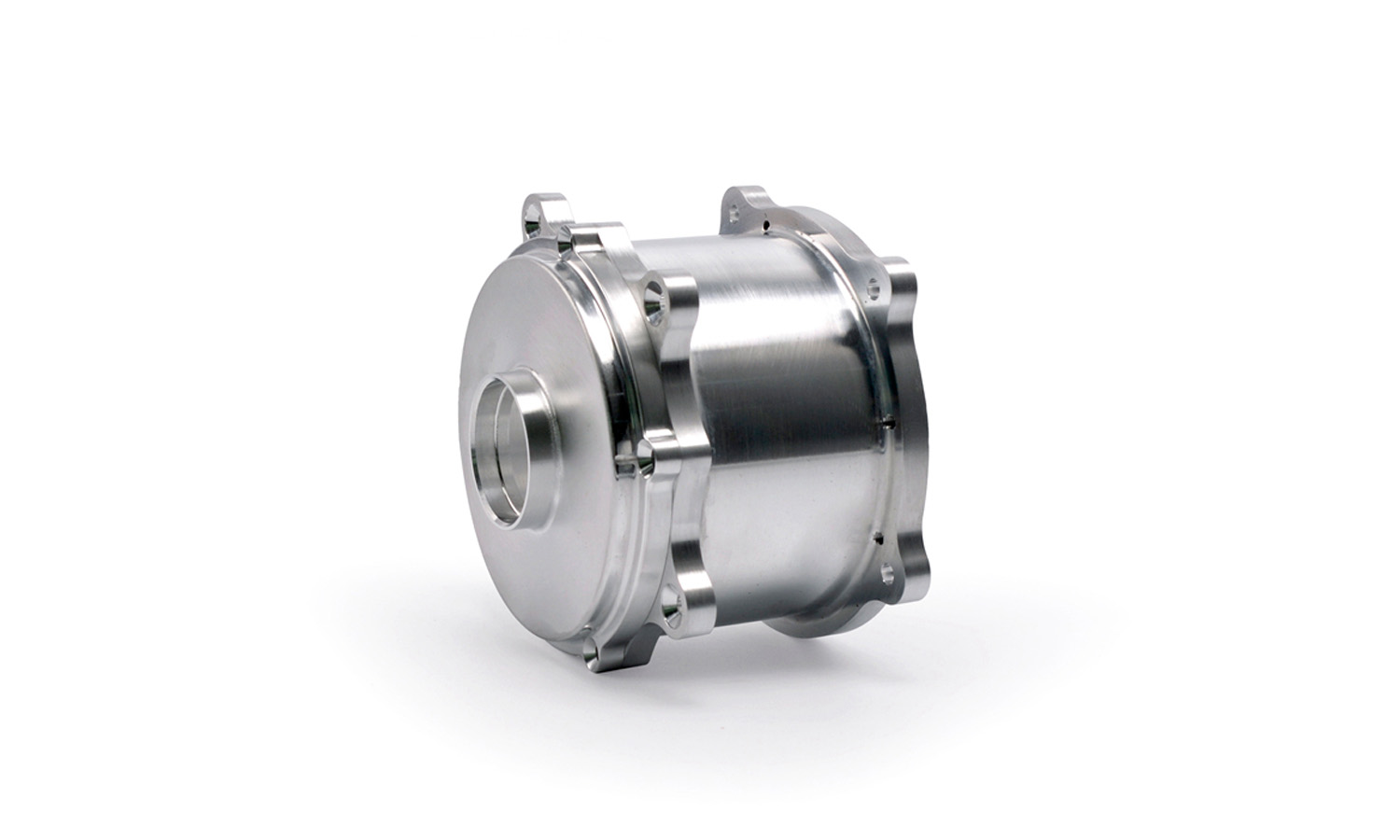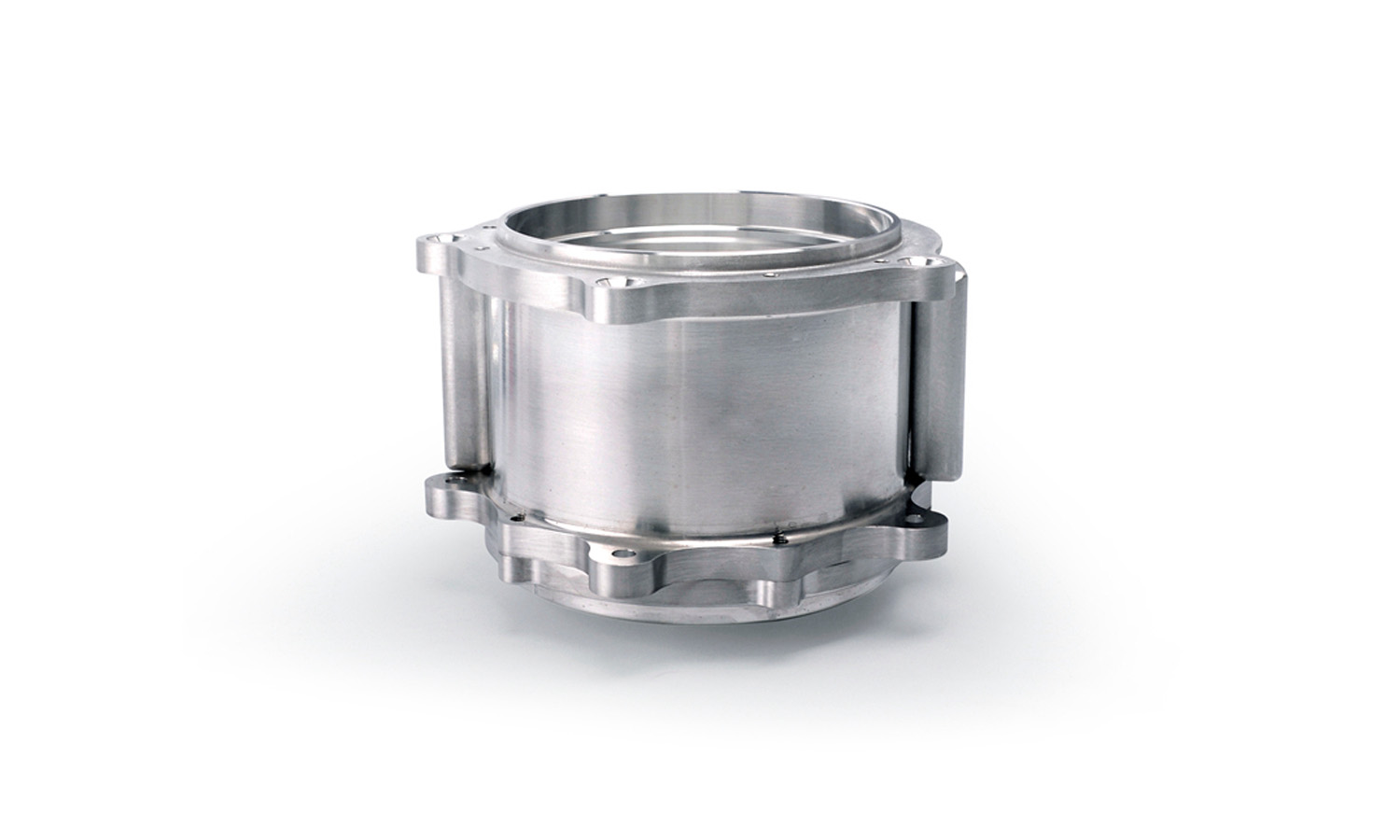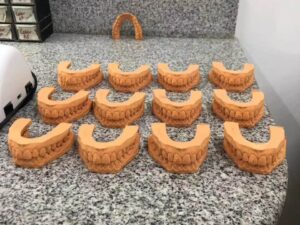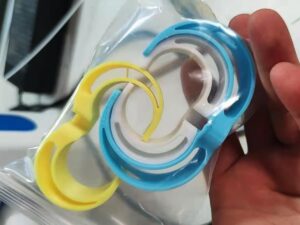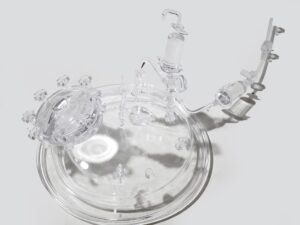Gallery
About Project
In the world of medical equipment, every component plays a vital role. But some, like bearing housings, operate behind the scenes, ensuring smooth and reliable function. These seemingly simple cylindrical parts with flanges on either end pack a powerful punch in terms of precision and performance.
Medical equipment demands the utmost accuracy. Even the slightest imperfection in a bearing housing can lead to increased friction, vibration, and ultimately, equipment malfunction. CNC (Computer Numerical Control) machining is the answer. This advanced process utilizes computer-controlled tools to remove material with incredible precision, creating bearing housings that meet the strictest tolerances.
While the basic shape of a bearing housing might be cylindrical, CNC machining allows for intricate details to be incorporated. Multiple bolt holes can be precisely placed for secure mounting or assembly. Additionally, features like internal grooves or channels can be machined to accommodate specific functions within the medical equipment.
The surface finish of a bearing housing is crucial. A smooth, reflective surface minimizes friction and wear, ensuring smooth operation and extending the life of the equipment. CNC machining excels at creating these near-perfect finishes, contributing to the overall reliability of the medical device.
At FacFox, we understand the critical role CNC machined components play in medical equipment. Our team of experienced engineers and machinists utilizes state-of-the-art CNC machines to produce bearing housings that meet the most demanding specifications. We offer a wide range of materials, including biocompatible options, to suit your specific needs.
Contact FacFox today via info@facfox.com to discuss your CNC machining requirements for medical equipment. Let us help you ensure the smooth operation and reliability of your life-saving devices.
Solution
- Step 1: Design Preparation:
- The┬ĀCAD software┬Āwas used to create a highly detailed 3D blueprint of the bearing housing. This blueprint specified the exact dimensions, including the cylindrical shape, flanges, and bolt hole locations.
- The design was then translated into manufacturing instructions using┬ĀCAM software.
- Step 2: Material Selection and Setup:
- A suitable material, SS316L, was chosen for the bearing housing.
- The raw material was cut into the required shape, leaving some excess material for subsequent machining.
- Step 3: Machine Setup:
- Experienced machinists set up the CNC milling machine.
- They programmed the tool paths based on the CAD design, adjusting as needed.
- Tooling was selected, and the workpiece was securely clamped down.
- Step 4: Rough Machining:
- The initial rough machining process began. The excess material was removed using cutting tools.
- The cylindrical shape was formed, and the flanges were roughed out.
- Step 5: Precision Milling:
- The CNC machine performed precise milling operations.
- The bolt holes were drilled with high accuracy, ensuring alignment and proper fit.
- The reflective surface finish was achieved through fine milling passes.
- Step 6: Quality Control and Tolerance Check:
- Throughout the process, machinists monitored the dimensions and tolerances.
- Any deviations were carefully adjusted to meet the specified tolerances.
- The dimensional accuracy was crucial for the final product.
- Step 7: Surface Finishing:
- After achieving the desired shape, the bearing housing underwent surface finishing.
- Polishing and deburring processes were applied to eliminate any rough edges or imperfections.
- The smooth and reflective surface was meticulously achieved.
- Step 8: Final Inspection and Assembly:
- The completed bearing housing was inspected for defects, ensuring it met all specifications.
- If necessary, minor adjustments were made.
- The housing was ready for assembly with other components in the medical equipment.
- Step 9: Documentation and Packaging:
- Detailed records were kept, documenting each step of the process.
- The finished bearing housing was carefully packaged to prevent damage during transportation.
